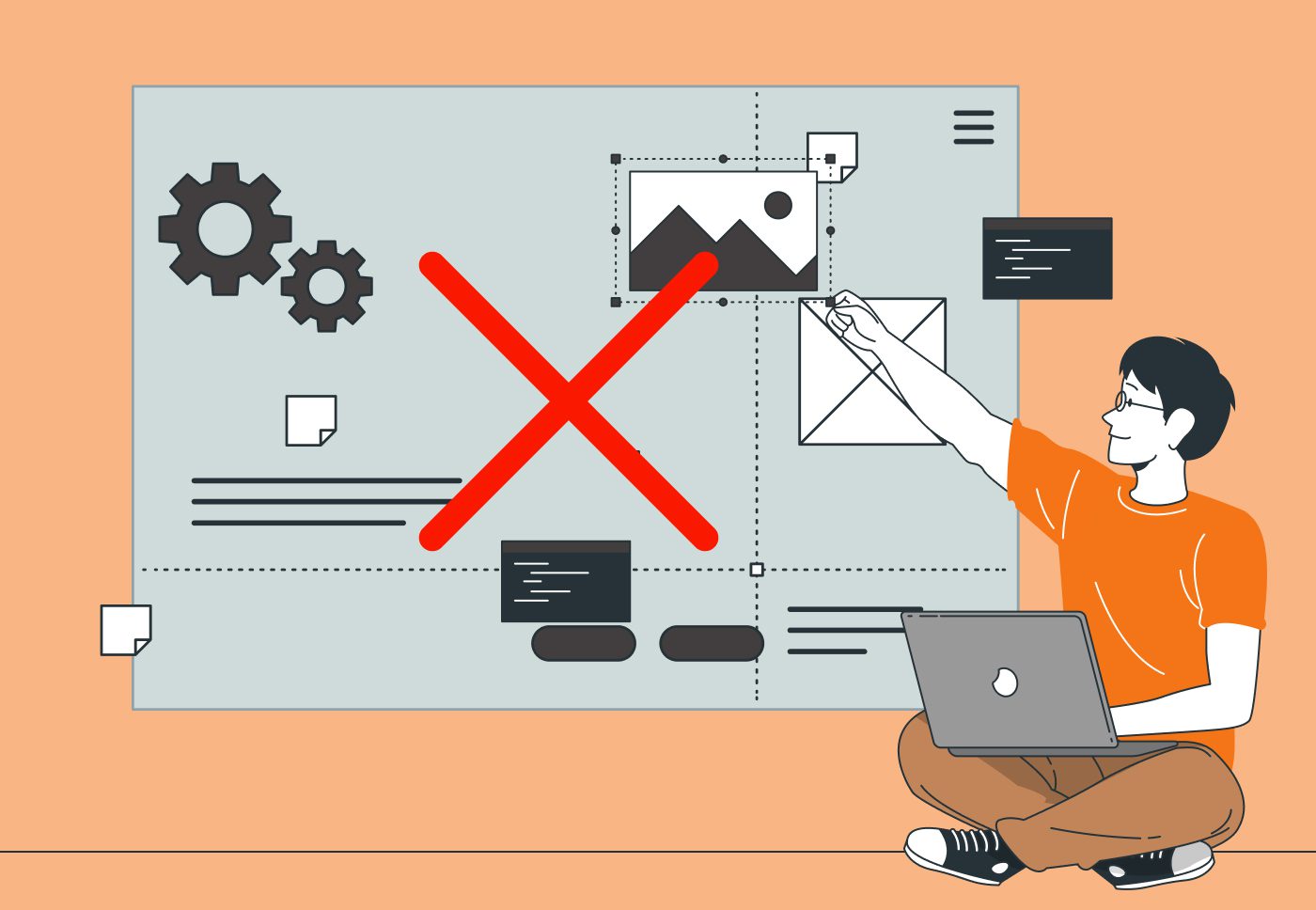UX strategy is the sweet spot where user-centric design meets business strategy.
A UX strategist is a professional with expertise in both these areas.
A classic example of UX strategy in action is in the Starbucks app. Digital engagement is one of the mainstays of the app, making users come back for more. The app is intuitive, inviting, and innovative, replicating the in-store experience of the coffee chain.
And what makes the app click with customers include features like:
• A user-centric design
• Mobile pay and ordering
• Engaging loyalty program
• Integration with varied services and platforms
Scott Maw, CEO, Starbucks, confirmed that all of the company’s same-store sales growth came from customers having digital relationships with the company and members of the Starbucks Rewards program.
And there lies a catch.
A digital product is incapable of offering everything to everyone. Therefore, there should be a delicate balance while prioritizing the use cases to prioritize, the problems to solve, and features to include.
That’s where UX strategy helps people interact with or experience a brand’s product or services. It is aligned perfectly with the business vision, user needs, and technical capabilities. It tells which problems to focus on first and subsequently solve them.
In brief, UX strategy offers support with a unique combination of UX thinking, tools, and activities. It ensures that both the customers and the brand derive value at the end of the day. It is about getting the minute details right to deliver a great user experience.
What are the differences between UX Design and UX Strategy?
UX design and UX strategy may overlap in multiple ways, but they are not the same. The main difference is the field of each profession. While UX design is concerned with the end users’ experience, UX strategy is also to ensure that the design ultimately meets the business objectives.

What Does a UX Strategy Process Look Like?
The UX Strategy Process
In her book UX Strategy: How to Devise Innovative Digital Products that People Want, Jaime Levy states – You don’t want a North Star to guide your UX Strategy; instead, you want a goal or point towards which to steer every time you pivot.
It resonates with the fundamental pillars of UX strategy (researching, planning, testing, and validation).
A UX strategist creates what’s called a product-market fit for the brand or the business. This ensures that there’s a demand for the product or the service. Most importantly, the strategist needs to ensure that the product development is in sync with the business strategy.
Let’s look at some of the common steps of a robust UX strategy:
Conduct Stakeholder Interviews
• What are the company’s mission and vision?
• What are the goals and objectives of the product/service?
• Is there a budget set to achieve the goals and objectives?
• What is the project scope?
• What are the success metrics?
Conduct User Research
• Who are the target users/audience?
• What devices do they use?
• What problems do they currently have?
• How can the problems be solved?
• Why are they using not using the existing product/service?
Conduct Competitive Research and Analysis
• Who are the main competitors?
• What are the steps the competitors are taking?
• How to create a unique value proposition for the brand?
Other Roles and Responsibilities
• Create a strategic roadmap and overall approach
• Offer strategy briefs and decks to stakeholders
• Lead the projects from a UX perspective via a user-centered approach
• Prioritize projects and help in effective delivery
• Collaborate with the designers and developers to keep them aligned with the business objectives
• Conduct regular audits of the site or app, and analyze the data
• Identify the recommended design changes and potential future opportunities
Now that you are familiar with the steps of UX strategy, let’s take a look at some of the common tools used by UX strategists:
1. Business Model Canvas or BMC – UX strategists use this tool to summarize the core business or product activities visually. It helps them understand how the business or products create, deliver or capture value. Additionally, the tool ensures whether the activities are aligned to the brand’s value proposition.
2. Value Proposition Map or VPM – This is a great tool that helps UX strategists to bring UX designers and product managers on the same page by visually illustrating the values and needs of the product user and the business.
3. Stakeholder Map – It helps identify various factors involved in a product or service and the relationship between them.
4. Product Roadmap – This is a crucial tool for visualizing how a product will evolve throughout a specific period.
5. Wireframe Software – Wireframing is one of the mainstays for UX strategists as it helps them demonstrate how the user and business needs can be met via the design. There are several wireframing tools that the strategists use.
What are the Skill Sets Required to Become a UX Strategist?

There’s no set rule defining the skills required for a UX strategist.
Yes, you may look for certain standard skill sets, including – soft skills, design thinking, and negotiation skills, among others. However, on a broader level, there are certain vital aptitudes that a UX strategist needs to develop:
1. Well-Versed in UX Design Concepts – An experience UX strategist eats, drinks, and sleeps UX design. By looking at the designs, they should be able to separate the wheat from the chaff. In other words, they should know instantly which design will hook the users till the end. This, of course, comes with years of constant practice.
2. Knowhow of Human-Centric Design – Understanding consumer behavior and human psychology are essential for creating the perfect user experience. A UX strategist should understand why their users will take specific measures while using the product or service. With this assurance, they will be able to come up with the perfect product-market fit.
3. Know the Pulse of the Business – More often than not, business decisions and a great user experience may not mean/be the same thing. Ergo, a UX strategist needs to understand the pulse of the business.
4. Inquisitive Nature – UX strategists constantly need to come up with fresh ideas. They should look at the 5 Ws and 1 H of design (Who, What, When, What, Where, and How) to delve deep into the process, concept, and everything else. Keeping an eye on the latest trends, tools, and techniques also proves beneficial for them in the long run.
The Takeaway
As Susan Dray, an expert in usability, human factors, and HCI, puts it, “If the user can’t use it, it doesn’t work.”
The quote sums up the importance of user experience in product design. Remember, a great user experience strategy provides a much-needed scaffold to position the company, earn customer loyalty and profitability in the ever-evolving UX/UI design landscape. That’s why for businesses, it is indispensable to hire the best UX strategists to achieve their goals.
. . .





Share